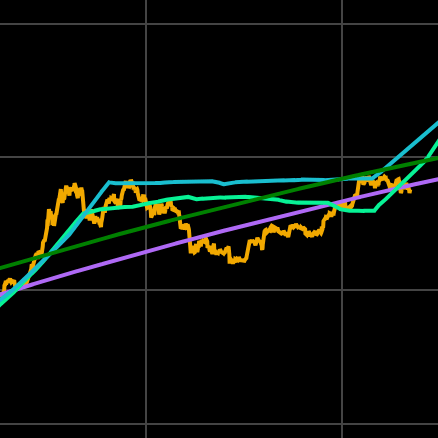
Key Takeaways
- Bitcoin's hashrate breaks 18-month uptrend, signaling potential miner capitulation.
- Despite the hashrate drop, Bitcoin miner selling isn’t significantly affecting BTC price.
- Older ASIC miners are shutting down due to post-halving unprofitability and rising electricity costs.
Bitcoin’s hashrate has broken down from an 18-month uptrend, sparking concerns about potential miner capitulation.
Following the extended uptrend, Bitcoin’s true hashrate fell to around 600 exahashes per second (EH/s), indicating a possible difficulty for miners to continue their operations.
This shift might suggest some mining firms are selling their BTC. Ki Young Ju, founder and CEO of CryptoQuant, highlighted this development on June 13, stating:
Bitcoin hash rate’s 18-month upward trend has broken, suggesting some miners are capitulating.
However, data shows that Bitcoin mining firms haven’t been offloading significant amounts of Bitcoin despite the drop in hashrate. Miner flows to cryptocurrency exchanges fell from a monthly peak of 15,470 BTC on May 21 to just 7,239 BTC on June 13, suggesting that the recent BTC price drop from $71,100 to $66,800 may not be driven by miner selling.
The decrease in hashrate could also be due to older generation ASIC mining rigs becoming unprofitable post the fourth Bitcoin halving. Bitcoin’s total hashrate dropped to 586,377 TH/s on June 12, a decline anticipated by a CoinShares report which forecasted a potential fall by up to 10% as miners deactivate unprofitable rigs.




